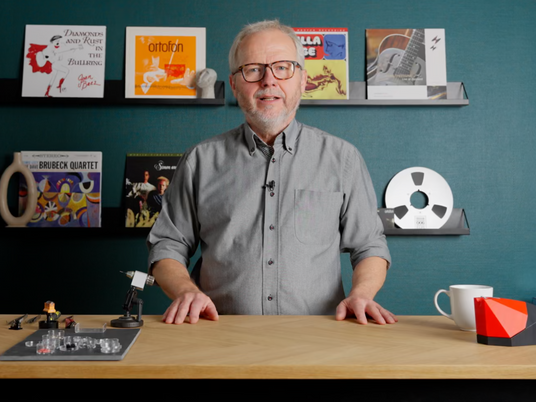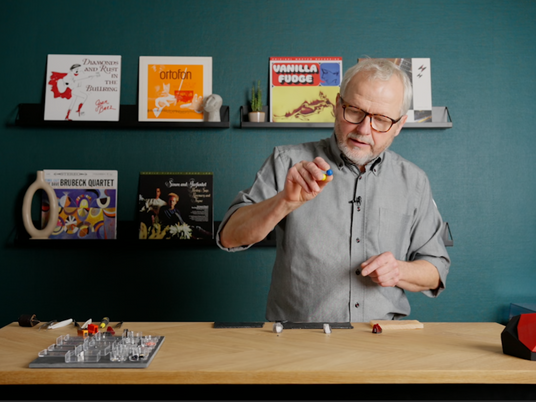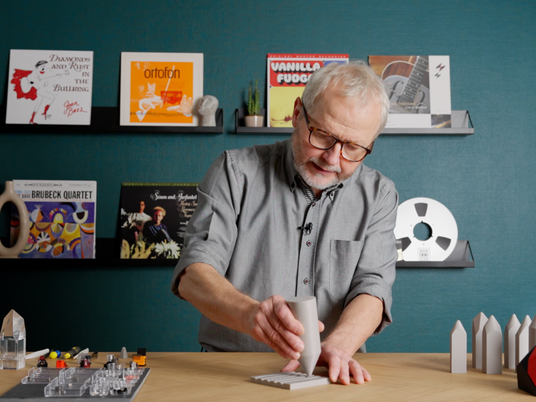What makes
a cartridge good?

Introduction video
A deep dive
into vinyl playback

Cartridge technologies
What are cartridge technologies?
Cartridge principles
How does a phono
cartridge work?

The power of materials
What materials
go into a cartridge?

The world of styli

